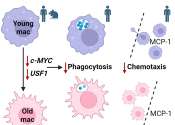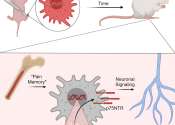New research sheds light on the weakening immune response observed in older adults
A fully functioning immune system is essential to help the body maintain good health, and macrophages play a critical role in maintaining robust immune responses against infections.
Apr 26, 2024
0
39









